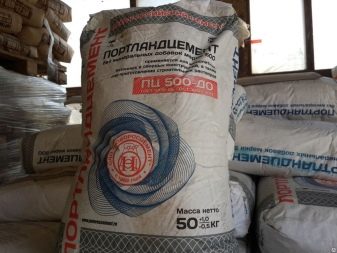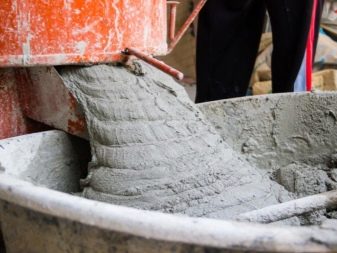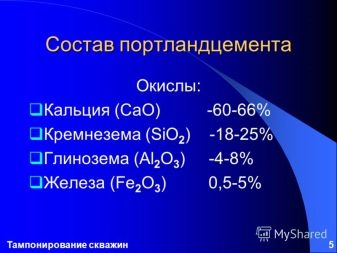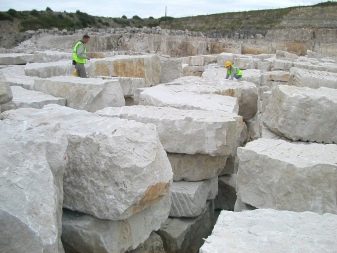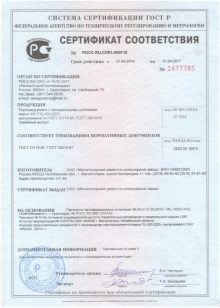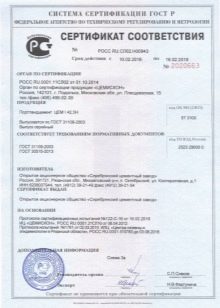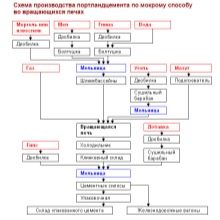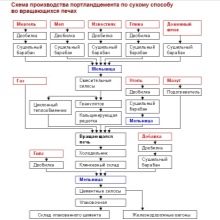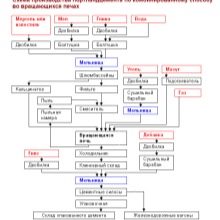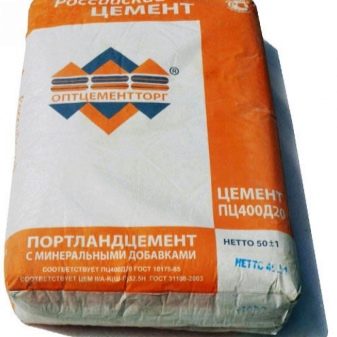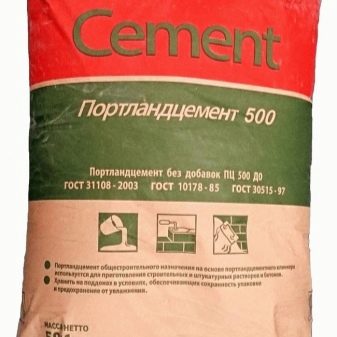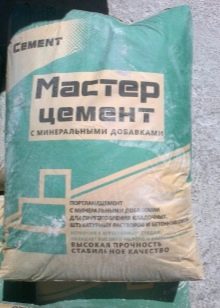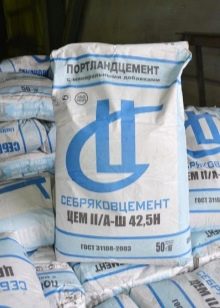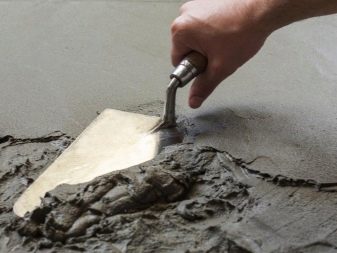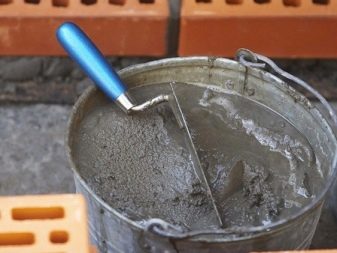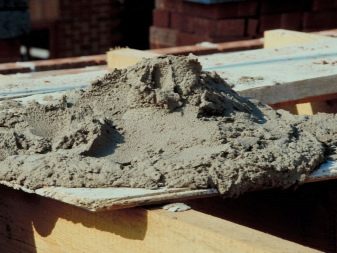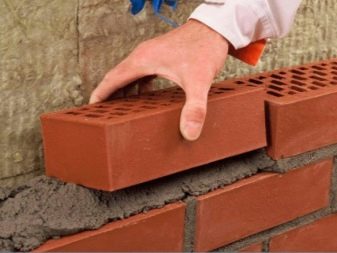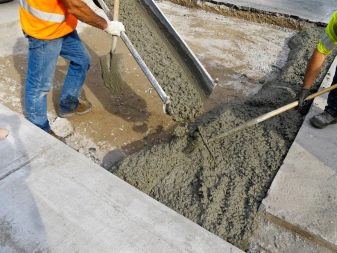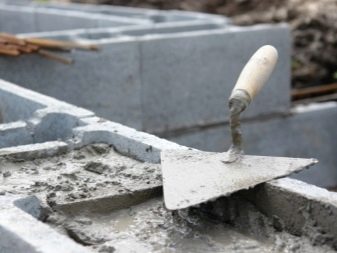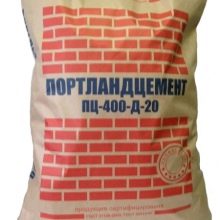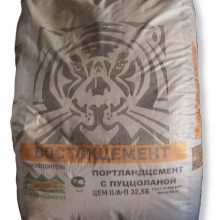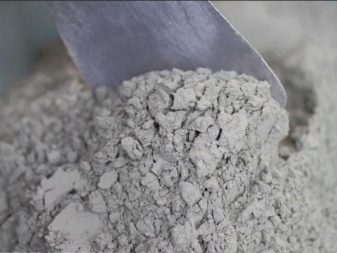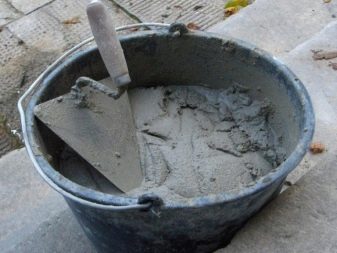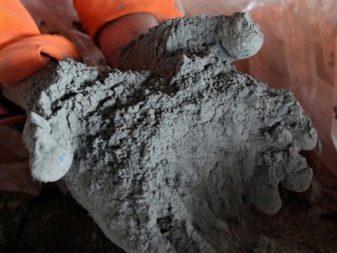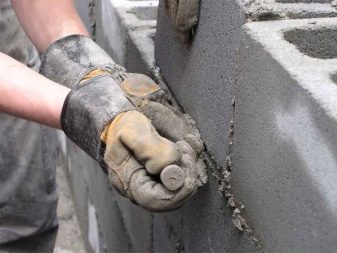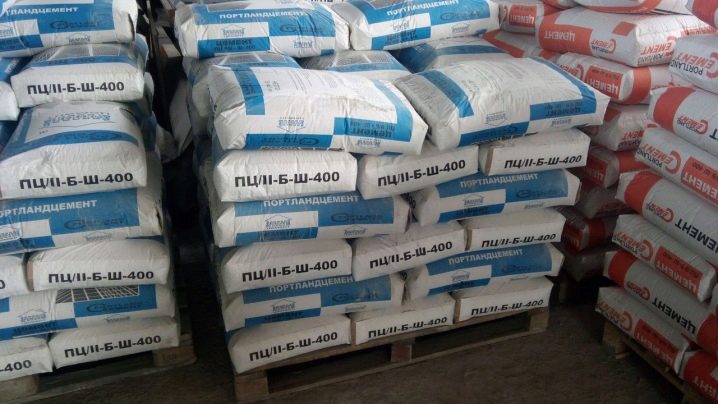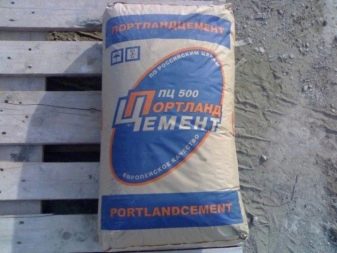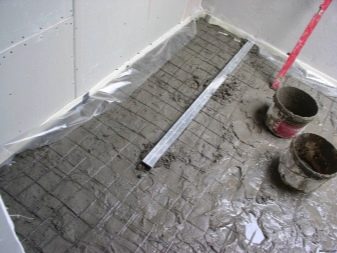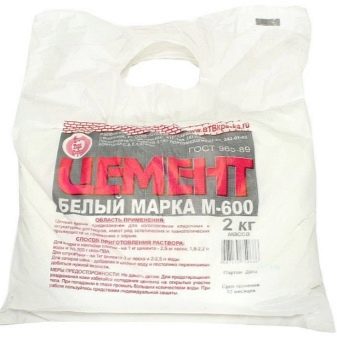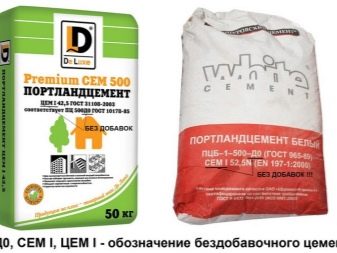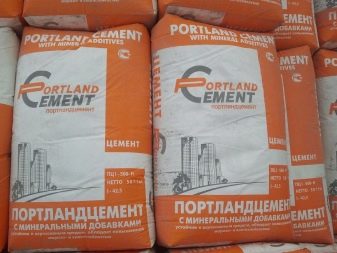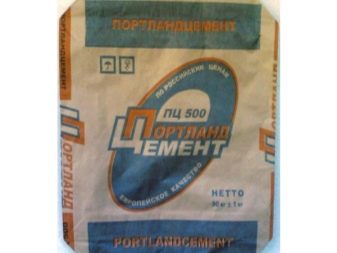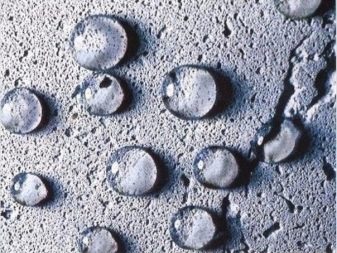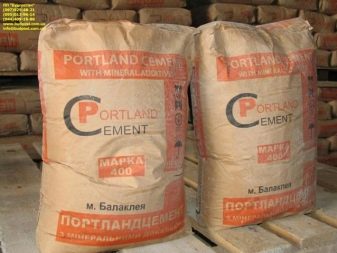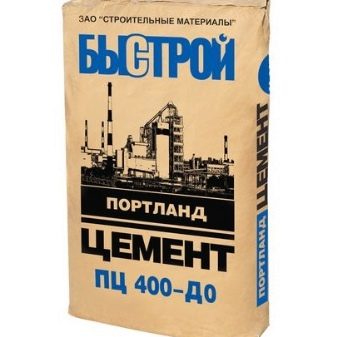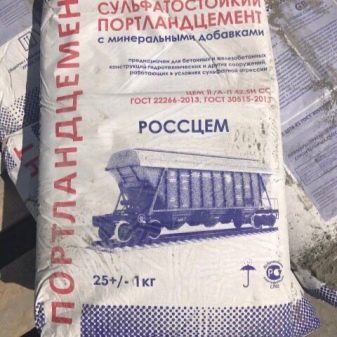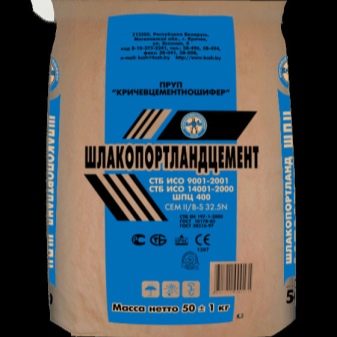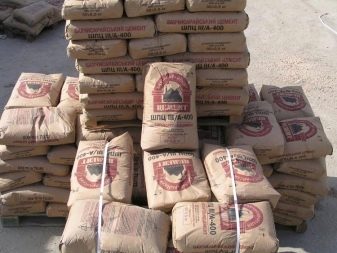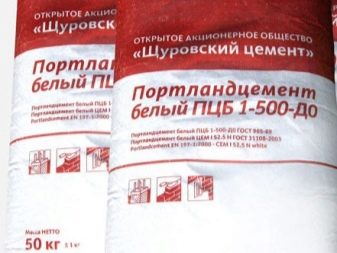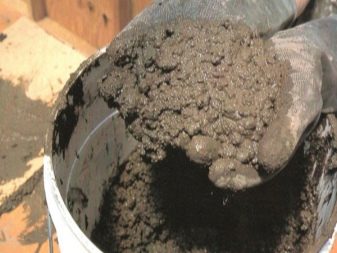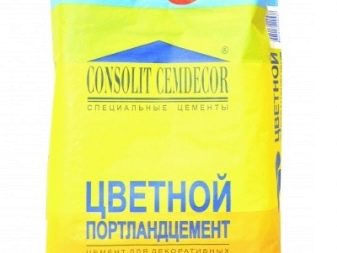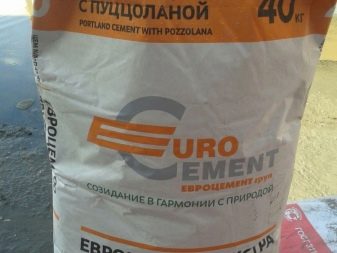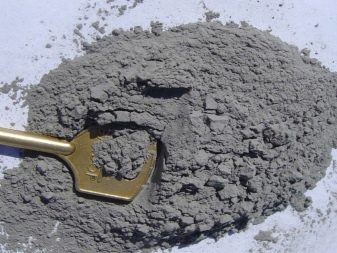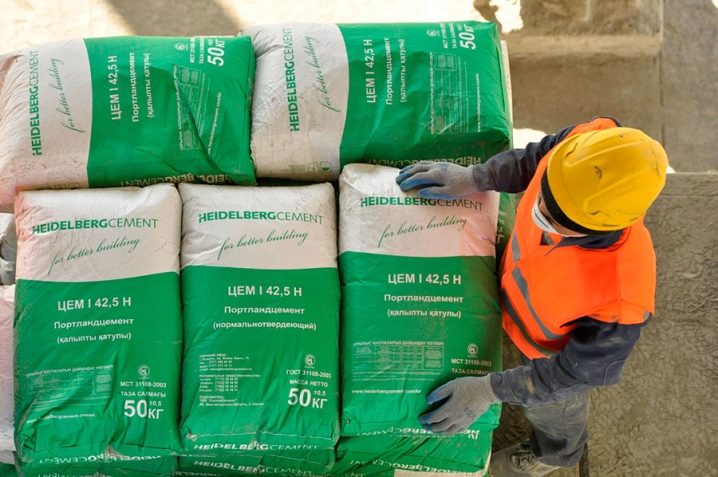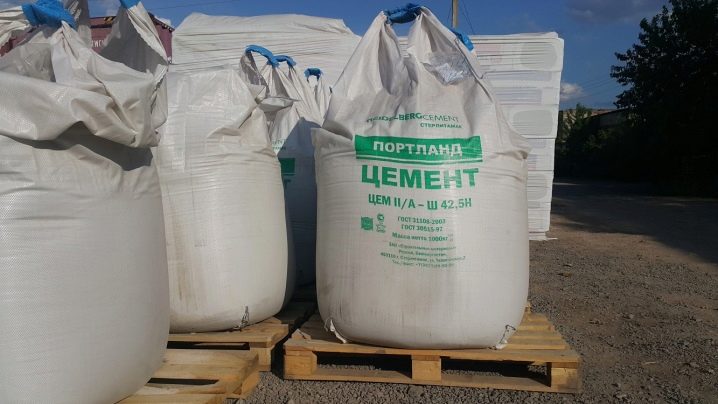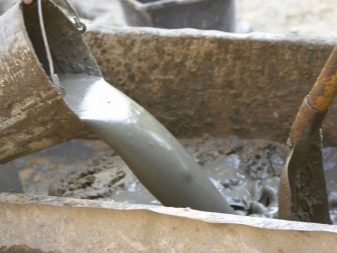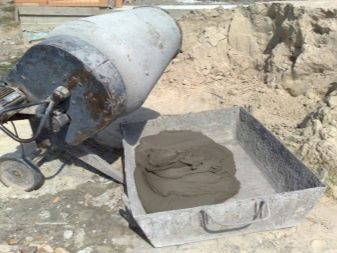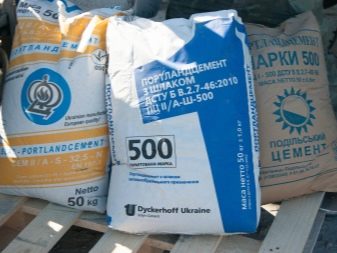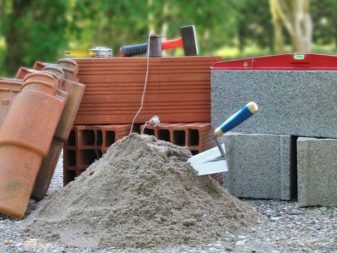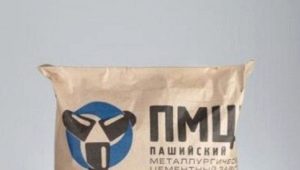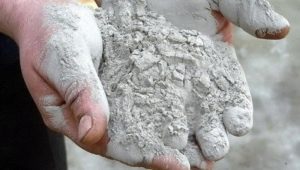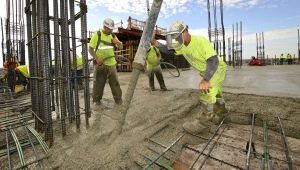Portland cement: varieties, properties and applications

Inorganic binders are used for the manufacture of concrete, which, when mixed with water, form a doughy solution, which is gaining strength as it hardens. A variety of such a binder composition is Portland cement.
Features and manufacturing
Portland cement is often talked about when it comes to the need for a durable and resistant to the negative effects of the environment solution. Portland cement is a type of binder for concrete solutions.
It is a dry mixture, which is diluted with water. After a certain time, the product sets in contact with air.
Portland cement has a finely ground clinker, as well as gypsum, accelerating the setting of the mixture. Depending on the type and brand of product, its formula may include certain additives and impurities.
The mixture was invented back in 1824 by an American bricklayer, and owes its name to the external similarity to the limestone of Portland, which was mined in one of the English counties.
To obtain this composition are used carbonate rocks (limestone, chalk, alumina and silica), as well as marls (a mixture of carbonate rocks and clay, the transitional rock from limestone to clay). The production process begins with the careful grinding of raw materials and mixing it in certain proportions. The next stage is the firing of raw materials in furnaces at a temperature of 1300-1400 ° С. The result of reflow is a material called clinker.
The clinker is ground again and mixed with gypsum. If necessary, add other elements that increase the performance of the finished product. This mixture passes the quality control and, if it meets the accepted standards, it receives a certificate of conformity.
There are several options for firing raw materials:
- Wet. At first, the components are crushed, then the clay is soaked until the moisture index reaches 70%. After that, it is mixed with limestone in the mills.
- Dry. The process of grinding and drying the mixture occurs simultaneously, which allows to reduce labor costs and production costs. As a result of processing in mills receive powdered raw materials.
- Combined. This technology combines 2 types of production - dry and wet. The moisture saturation of the raw material rises to 14%, after which the products are ground and dried in special mills.
Composition and properties
As already mentioned, Portland cement consists of clinker. In nature, ready-made granules are quite rare, so the clinker chips are obtained artificially by mixing and firing carbon and clay mixtures.
The finished clinker is mixed with gypsum, the content of which in the composition does not exceed 5%. It is introduced in order to ensure the mobility of the solution for 45 minutes, which is necessary when forming products or performing certain types of work.
The composition and percentage of the components of the mixture is governed by GOST 10178 85 "Portland cement and slag portland cement". It is compliance with the requirements of the production guarantees high technical and operational characteristics of the product.
On its packaging must be an indication of the production according to GOST. In the absence of the latter, it is understood that Portland cement is made in accordance with the specifications (technical conditions), which means that its properties are different from those adopted.
To give Portland cement certain technical characteristics, mineral additives are introduced into the composition, the content of which does not exceed 20-25%.
The most popular are the following:
- Aluminate increases the setting time of cement, but has low indicators of strength (possible content in Portland cement is not more than 15%).
- Alumoferrite has the same properties as the previous additive, but its content in the finished product is reduced to 10-18%.
- Belit has a knitting effect, increases the curing time, but excessive content can negatively affect the strength characteristics of the composition (permissible content - no more than 15-37%).
- Alit It is widely used (the percentage can reach 60%) in the compositions of high grades, since it ensures their rapid hardening.
Properties of portland cement are determined by its composition. The main criteria by which the quality of the product is assessed are the following:
- Setting period. Seizure of the mixture in compliance with the technical requirements of its cultivation should occur after 40-45 minutes. The mineralogical composition, fineness of grinding and the temperature at which the work is being done are precisely these factors primarily affect the setting speed of the product.
- Water demand. Under this term is understood the amount of water required to obtain a thick, suitable for the work of cement paste. Usually moisture should not exceed 25% of the mixture. In order to reduce the required amount of water, a sulfite yeast brew or plasticizers are used.
- Water separation. This term refers to the extraction of water in the finished solution, the occurrence of which is due to the sedimentation of heavier cement particles. To reduce this figure allow mineral supplements.
- Frost resistance - the ability of the product to carry a certain number of cycles of freezing and thawing without losing its performance characteristics.
To increase the frost resistance, sodium abietat or washed wood pitch is added to the composition.
- Corrosion resistance. This characteristic is associated with the fineness of the mixture and the degree of porosity of the finished concrete.
- Heat dissipation. This refers to the ability of concrete to release heat in the process of hardening. A rapidly heat-giving composition is optimized by adding active mineral components to it.
Specifications
Portland cement has higher strength characteristics compared with other types of cement, due to the characteristics of the composition. Some additives may react, changing the technical properties of the material. The latter are associated with its mechanical stability and operating capabilities.
We can not say that one of the technical characteristics is of higher priority. So, for example, durable, but too slowly solidified portland cement can increase construction time.A frost-resistant, but corrosive composition can be used only to solve a narrow range of tasks.
Today, manufacturers are striving to create universal formulations in which properties that are most important for cement are equally pronounced.
At the same time, there are specialized formulations that have a special purpose. Such can be considered pozzolanic portland cement, which has the maximum corrosion resistance and moisture resistance, but rather low strength indicators at the initial stages of work (in the first days of setting).
Technical
Among the technical characteristics should be highlighted:
- Specific gravity product - 1100 kg / m³ for bulk mixes, 1600 kg / m³ for compacted.
- Grinding fineness on average, it is 40 microns (determined by the ability of the mixture to pass through the No. 008 sieve), which provides the necessary strength of the cement and the time it hardens, and also affects its performance.
- Water consumption, the optimum content of the liquid in the composition should not exceed 25-28%, since this indicator affects the strength of the composition (if there is an excess, the concrete dividing occurs, with a shortage, cracks appear on the finished product).
- Density depends on the brand and the presence of certain additives in the composition.In the loose state, the mixture has a density of 1.1 t / m³, in the compacted state - 1.5-1.7 t / m³.
- Duration of setting after mixing with water, it does not exceed 40-45 minutes; further hardening depends on the composition and environmental conditions (it slows down in winter), but does not exceed 10-12 hours (measured with the Vicat device).
- Volume change when cured, it means reducing the cement body in a volume of 0.5-1 mm / m in the open air and swelling it to 0.5 mm / m in water. An important point is the uniformity of changes throughout the volume of the solution.
Physical
- Anticorrosive stability is achieved due to the introduction of hydro-active materials in the composition, which prevent the chemical activity of salts, as well as the addition of impurities that reduce the porosity of concrete.
- Storage time is no more than 12 months provided that the original packaging is preserved (3-4 ply, hermetically sealed paper bags), because after 3 months of storage up to 20% of the composition is lost, after a year - up to 40%. It is possible to return the former qualities to such cement only by secondary grinding.
- Compressive strength. In accordance with this characteristic, 4 classes of strength are distinguished - 22.5; 42.5; 42.5; 52.5.This indicator is directly related to the speed of setting of the solution.
Mechanical
Indicators of mechanical strength of Portland cement are not less than 42.5 MPa at 28 days after casting. The determination is carried out in laboratory conditions on the example of the sample. In accordance with the results obtained, the cement is labeled (for example, M 500). The coefficient thus indicates how much pressure the sample is capable of withstanding (measured in kg / cm³).
The higher this ratio, the greater the strength indicators of the composition. Strength characteristics depend on the degree of grinding (the finer it is, the more activity a solution has), the presence of additives and additives.
Indicators of strength, in turn, affect the degree of setting of the solution (determined using a Vicat needle).
Differences from simple cement
Portland cement is a type of cement that is most often used when pouring concrete. The latter, in turn, is used in monolithic and reinforced concrete construction, in the construction of objects to which increased strength characteristics are presented.
Due to the presence of clinker granules and other additives,Portland cement has a large margin of safety, has higher rates of frost resistance, resistance to aggressive media. it makes Portland cement a popular material in the construction of oil and gas industries.
It is suitable for the construction of the foundation on complex unstable soils, in which case it is recommended to use a sulphate-resistant mixture. Such a composition almost does not shrink buildings, no cracks form on its surface.
The question of the differences between cement and portland cement is somewhat incorrect, since the latter is a type of cement. In other words, cement is a generic name; Portland cement is a variety with a certain set of strength.
It is more logical to make differences based on the brand strength of the cement. For example, Portland cement M 400 is inferior in its strength to cement M 600. Portland cement itself is a little different from cement (according to the method of installation, the technology of setting, the characteristics of use), the difference of certain distinctive characteristics is due to the presence of additives.
Kinds
All types of cement are divided into non-additive and additive. Bezobavochny composition does not contain mineral additives other than gypsum. is he suitable for above-ground, underground and underwater objects of monolithic nature, as well as precast concrete and reinforced concrete structuresthat are operated in the absence of an aggressive environment.
Presence of mineral supplements improves the technical properties of portland cement, thanks to which They can be used in aggressive conditions, with prolonged contact of the structure with water. Among the most common additives of mineral origin are: blast furnace slag, active mineral additives and natural active mineral additives.
Due to the introduction of one or another additive, there is an improvement in indicators such as water resistance, corrosion resistance, but their presence helps to reduce frost resistance.
Depending on the characteristics of the composition, the following types of Portland cement are distinguished:
- Quick dry. Hardening of the mixture occurs already in the first 3 days of pouring due to the slags and special minerals that are part of it.It is important that the degree of grinding of the mixture was minimal. Available in M400 and M500. The use of this composition allows to reduce the exposure time of the mixture in the formwork and significantly increase the pace of construction work.
It is mainly used for prefabricated and reinforced concrete objects.
- Normal hardening. It does not contain special additives, not so picky about the degree of grinding the mixture. Available in accordance with GOST 31108-2003.
- Hydrophobic the variant is characterized by its ability to absorb moisture and reduced setting time. Similar properties are provided by the acidoids entering the solution. It is used in the construction of objects operated in conditions of high humidity, as well as located on flooded areas.
- Plasticized. A characteristic feature of the product is the presence of plasticizers in it, providing the necessary mobility, reducing water absorption, heat resistance. Plasticizers are laid when grinding the mixture, so that they seem to envelop the cement particles, preventing their adhesion.The result is a mobile, convenient to apply composition, which is widely used for the construction of complex in shape architectural structures.
- Grouting. It has the ability to tampon, that is, to protect the wells from the effects of groundwater. It is widely used in the oil and gas industries, since it does not depend on pressure and temperature and reliably holds the columns in the wells, even in the initial stages of solidification. There is one more kind of this type of cement - the grouting lightweight Portland cement, which has “lightweight” additives.
- Expanding. Such mixtures may have a different composition, but they all share the ability to increase in volume when mixing the solution. This is due to the fact that a chemical reaction begins between the main and additional components, which gives the volume increment.
As a rule, such compositions are used to fill seams and cracks on surfaces exposed to high humidity.
- Sulfate Resistant. Such concrete resists the effects of sulphate water, causing the development of corrosion.As a rule, frost-resistant cement of the brand M300,400 is made sulfate-resistant, sometimes M 500.
It is used to create a pile and other types of foundations on swampy and acidic soils.
- Slac Portland cement. The product contains blast-furnace slags, which accounts for the high content of metal particles in it. The mixture is used to obtain heat-resistant concrete, as well as in the construction of objects under the ground, water, at height. It has low frost resistance.
- Slag alkali The composition has a higher, compared with Portland cement, characteristics. It is resistant to aggressive environments, temperature extremes, has a high frost resistance and low moisture absorption. Such abilities are achieved due to the inclusion of ground slag and alkali in the composition, sometimes - clay.
- White Portland Cement. The scope of application of the mixture - finishing and architectural work, it also acts as a basis for colored cements. The snow-white shade is obtained due to the manufacture of the product from pure limestone and white clay, as well as by additional cooling of the clinker with water.
- Magnesia - composition based on magnesium oxides (heated to a temperature of 800 ° C) and 30% aqueous solution of magnesium chloride. Thanks to its components and features of the production technology, it is possible to obtain a solid white mass that is easy to process (easily polished, not affected by mold, fungus).
The material is used as a finishing coating, as well as to create structures that are complex in terms of shapes. Concrete based on magnesian cement, in fact, is a type of artificial stone.
- Color Portland Cement also used for decorative works. It turns out by mixing white modification and pigment. The latter may be iron minium, ocher, chromium oxide. The main thing is that the pigments are light and alkali resistant.
- Pozzolanic. The mixture contains colored Portland cement, gypsum and additives of volcanic or sedimentary origin. The resulting solution has a high resistance to water, it freezes not only in conditions of high humidity, but also under water.This allows you to use it in the organization of hydraulic structures, lining pools and other tanks for storing water, surfaces (including inclined) in contact with sea or chlorinated water. The frozen surface is characterized by durability, chemical inertness, and lack of efflorescence.
- Aluminous The composition is a fast-hardening and durable cement based on clinker and molten limestone. The finished mixture contains large amounts of low-basic calcium aluminates.
In order to ensure high-quality adhesion and a set of necessary strength, the solidification should be conducted at a temperature below 25% C. Otherwise, up to 50% of concrete strength is lost.
Another feature of alumina is the inadmissibility of its mixing with other cements and lime, compositions, even in small quantities containing alkali. Alumina portland cement is suitable for the manufacture of acid-resistant concrete solutions, filling acid-resistant rocks (granite, beshtaunita). The setting time is about 8 days.
Stamps
Brand is defined as the strength of the sample when tested for bending and compression.For the manufacture of the sample, Portland cement and sand are used, taken in a ratio of 1: 3. A sample of 4x4x16 cm is made from this solution, which solidifies within 28 days, hardening occurs under conditions of high humidity. To accelerate the freezing allowed to resort to the technique of steaming the sample.
The most common brands of Portland cement today are M 400, 500, 600:
- M 400 - the most demanded brand of cement. Its technical characteristics (strength, frost resistance) are suitable for the construction of most objects.
- M 500 - cement, which has a somewhat large margin of safety, which allows it to be used in the reconstruction or restoration of facilities after an accident, to be used for road repair work, construction of military-technical facilities, asbestos-cement structures.
- M 600. The composition has increased strength, which makes it possible to use it in the construction of critical reinforced concrete structures, engineering structures.
- M 700 - Portland cement of maximum strength, used for concrete mix for the construction of stressed structures.Using it in ordinary construction (for example, in a private household) is irrational due to the high cost.
- M 900 - heavy-duty cement, used only for military installations, for example, to create bunkers.
There are also "intermediate" brands of cement, for example, M 550 (its technical characteristics are close to M500, but they are slightly more durable).
In what cases is not suitable?
Due to the variety of compositions of Portland cement, it is suitable for almost any type of building. The main thing is to correctly identify the most important property of cement and select the appropriate additive. Some of them, when used together, level the properties of each other. This happens, for example, while adding components to improve moisture resistance and frost resistance. The first (increasing moisture resistance) significantly reduce the frost resistance of the composition.
In other words, Portland cement with additives are not suitable for conditions in which there is a significant decrease in operating temperature. In this case, Portland cement without additives should be used. A standard mixture of Portland cement is not suitable for humid climates, it is better to choose slag Portland cement.
It is important to consider the purpose of the material.So, for the construction of monolithic objects and civil structures (for example, bridges, high-voltage lines) Portland cement M400 is not suitable. To solve these problems, it is permissible to use a mixture with brand strength of at least M 500.
None of the types of Portland cement is suitable for use in flowing waters, saline bodies of water, flowing channels of rivers, waters with high mineral content.
Even a sulphate-resistant variety of Portland cement, which has increased moisture resistance, is used only in static temperate waters. In other cases (for example, for the organization of dams, dams and other engineering structures) use special types of cement.
The prefix "Portland" indicates the presence in the mixture of a large amount of calcium silicates, so it is not recommended for blocks and special-purpose structures.. Pozzolanic cement is not suitable for use in conditions of significant temperature reduction.
For information on how to get Portland cement, see the following video.
